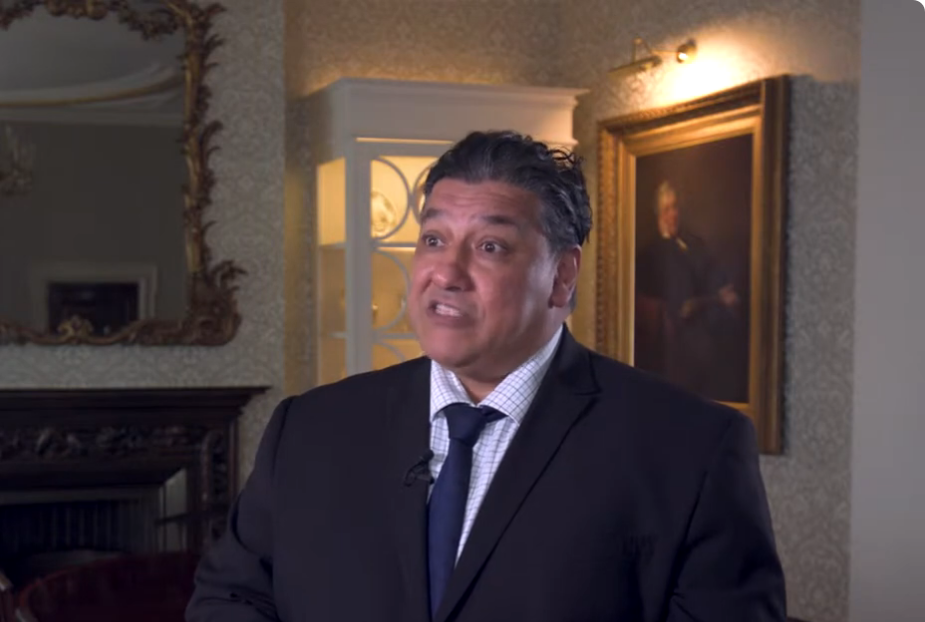
HMRC’s Chief Digital and Information Officer (CDIO) Daljit Rehal managed to find £110 million in savings of a targeted £139 million last year – but now has to cut a further £173.8 million from an already stretched budget.
That’s according to a report by the National Audit Office – which reveals that it cost HMRC £785 million to run its digital tax systems in 2023-24 and costs are growing as it slowly digitalises more British tax systems.
"HMRC has one of the largest and most complex IT estates in the UK, and it faces a significant challenge to modernise its IT infrastructure to keep pace with changing technology" – National Audit Office, February 2025.
The department, which is responsible for collecting taxes, also spent £482 million on developing new systems and upgrading legacy systems.
(Three of HMRC’s eight most costly tax-related digital programmes in 2023-24 involved remediation of legacy systems, the NAO found.)
“By March 2023 these programmes had seen whole-life costs increase by between 60% and 390%, with their life extended by between 21 months and 36 months as their scope changed,” the NAO said in a report today.
The watchdog warned that HMRC’s “Securing our Technical Future” programme… underdelivered due to unforeseen technical complexities and some funding in 2023-24 being moved to higher priorities.”
Securing our Technical Future
HMRC’s digital team would be forgiven for feeling hard done by that characterisation. If nothing else, it has extricated 372 business services out of the legacy data centres the programme was intended to mothball.
(The Securing our Technical Future “SOTF” programme was a sweeping IT modernisation one designed to help the department exit three legacy data centres and associated systems. HMRC originally planned to remediate 545 services through it. Some 438 of these services have now been remediated; the 107 services will be completed after 2024-25.)
An accounting officer assessment just seven months ago (July 2024) found that “the programme’s approach has already seen the successful remediation of over 370 services and the remediation of services descoped from the programme in [a] 2023 review have been brought within other remediation activities and programmes. The successful delivery of the SOTF programme’s remaining plans were recognised by the IPA Gate 5 review which gave the programme a Green assessment.”
In November 2024 HMRC Permanent Secretary Sir Jim Harra wrote to the Public Accounts Committee to emphasise that “ further investment is needed to remediate HMRC’s IT estate to be modern, secure, resilient and within a tolerable risk position” as it continues to modernise systems.
7,000 servers in legacy DCs...
HMRC’s last annual report notes that “Three years ago, we had more than 600 services hosted on over 7,000 servers in legacy data centres.
“By the end of 2023 to 2024, we had successfully migrated 372 of 545 critical services, with 49 remediated. This included our National Insurance and Pay-As-You-Earn System, which… and consists of more than 100 million accounts, supporting around 10 million daily transactions.”
So much room for improvement
HMRC’s Jim Harra noted last year that “At HMRC, we are used to being the repository of really powerful data that lots of people across government could use…I think we need a streamlined way of sharing data. That means creating a standard process to follow to access it.
“You demonstrate your use and need for it, and how you will meet all the security and data and protection standards if that's required, and then have a sort of hub for subscribing for that data and picking it up at the moment you need it. Right now, it’s too bespoke and takes too long and costs far too much,” he added in a civil service blog.
